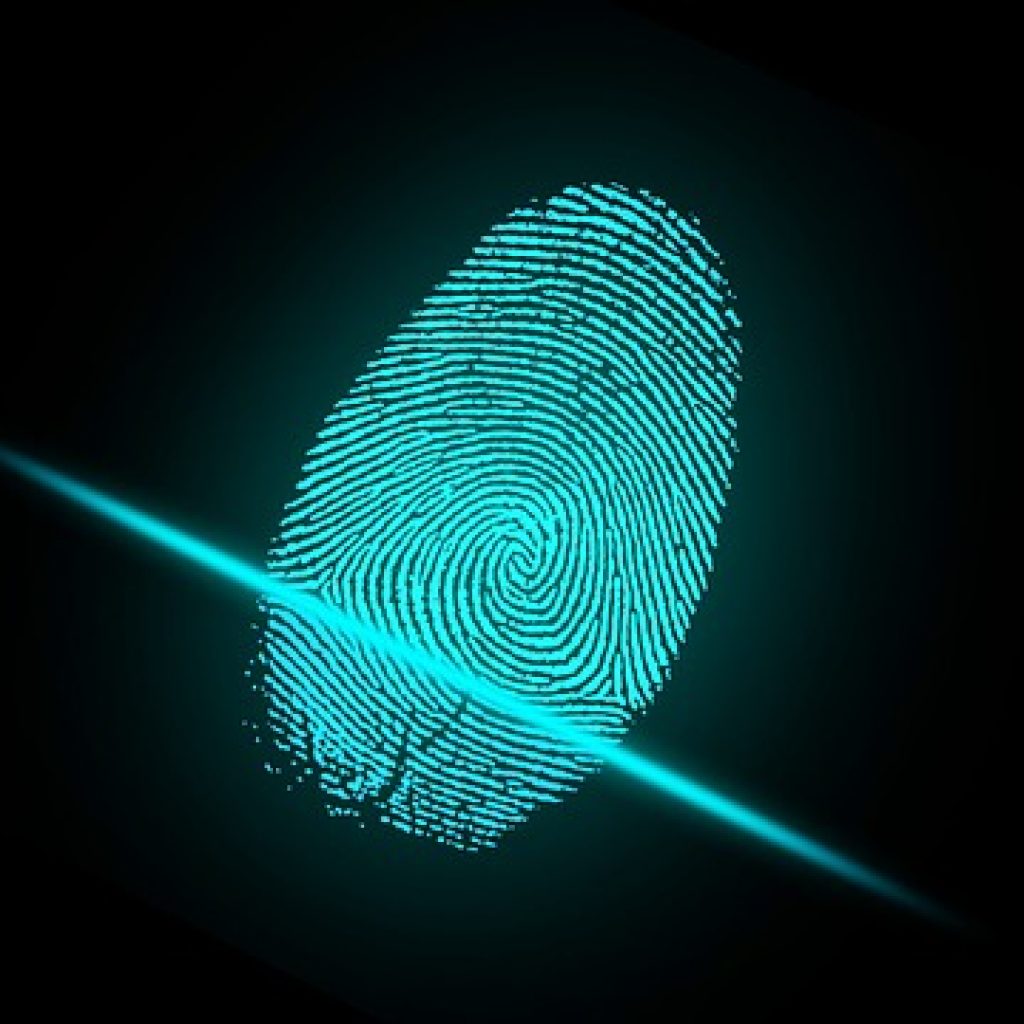(UChicagoNews) Background noise can be a death knell for computations by a quantum computer. And because “noise” for a quantum computer increases as the computer is tasked with more complex calculations, it can quickly become a major obstacle.
Because quantum computers could be so incredibly useful, researchers have been experimenting with ways to get around the noise problem. Typically, they try to measure the noise in order to correct for it, with mixed success.
A group of scientists from the University of Chicago and Purdue University collaborated on a new technique: Instead of directly trying to measure the noise, they instead construct a unique “fingerprint” of the noise on a quantum computer as it is seen by a program run on the computer.
This approach, they say, shows promise for mitigating the noise problem—as well as suggesting ways that users could actually turn noise to their advantage.
“We wondered if there was a way to work with the noise, instead of against it,” said David Mazziotti, professor in the Department of Chemistry, James Franck Institute and the Chicago Quantum Exchange and a co-author on the study, which was published Jan. 25 in Nature Communications Physics.
Many had assumed that increasing the number of computer bits—“qubits,” for quantum computers—would help alleviate the noise problem, but since noise limits accuracy, scientists still haven’t been able to perform many of the computations they would like.
“We thought it might be time for a fresh approach,” said co-author Sabre Kais, professor of physics and chemistry at Purdue University.
Instead of trying to precisely measure the actual noise, the scientists decided to run a test to get a sense of the overall noise that quantum computers experience.
They picked a particular computation of a molecule displaying quantum behavior, and ran it as a simulation on a quantum computer. Then they tweaked the settings on the problem in several different directions, and kept track of how the noise responded. “By putting this all together, we build a ‘fingerprint’ of the noise as perceived by the simulation that we’re running,” said Mazziotti.
This operation gives a more ‘bird’s-eye’ view of the noise that quantum computers simulate, said Scott Smart, a Ph.D. student at the University of Chicago and first author on the paper.
The authors hope this information can help researchers as they think about how to design new ways to correct for noise. It could even suggest ways that noise could be useful, Mazziotti said.
UofChicago scientists simulate ‘fingerprint’ of noise on quantum computer; findings may indicate how to design new ways to correct for noise.
